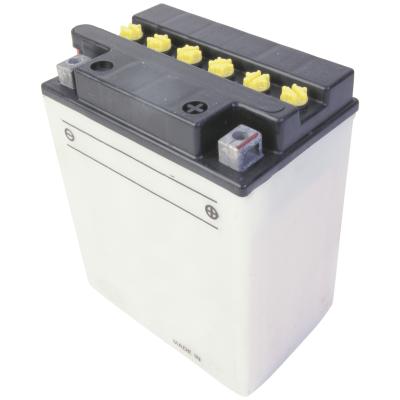
Interstate Batteries, a supplier of batteries for the office, home, medical facility, workshop and a variety of vehicles, endorses the slow charging method for better performing, longer lasting batteries. This specifically applies to charging large batteries such as those used in cars, trucks, snowmobiles, farm tractors, boats, motorcycles or recreational vehicles.
The best way to charge your vehicle battery is using a three-stage, automatic, 12 volt /10 amp charger, according to Jeff Barron, a technical services specialist with Interstate Batteries. A 10 amp charger allows your battery to be charged slowly, which is better for the battery, he adds. This method keeps a low voltage flowing at a very low current level so you disconnect and use the battery when it is fully charged. This feature also keeps the battery full without hurting the battery if it is left hooked up to the charger. Some chargers operate at 20 amps which is considered a fast charger. Interstate Batteries never recommends using a fast method because such devices can overcharge the battery.
Read the manufacturer’s instructions before beginning, since specifics may vary from one manufacturer to the next. Attach your battery as directed and start the charging.
You can figure out the time needed for charging by doing a simple calculation. Find the Reserve Capacity (RC) of the battery listed on the battery label. Multiply the RC by .6, the resulting number equals the number of battery amp hours. Use a voltmeter to measure the remaining voltage in the battery. A fully charged battery is 25 volts. Figure the percentage of charge based on the voltmeter reading. Next, multiply the battery amp hours by that percentage. Multiply the answer by .15 (representing 15 percent more to compensate for the internal resistance in the battery). The result is the number of amp hours needed to charge the battery. Divide that number by 10 (representing the 10 amp charge) and you have the amount of hours needed to charge the battery fully. When you think the charging is completed, you can use a voltmeter to see if it is at 25 volts.
If your car battery will not turn over when you engage the ignition, use a battery charger to recharge the battery. Barron does not recommend jump starting the battery. He said it can damage your vehicle’s computer or the computer of the assisting vehicle. If there’s a short in the battery, it can explode. Jump your car only as a last resort, he said.
Always wear safety glasses and gloves. Remove jewelry. Check the battery while it is being charged. If it is hot to the touch, disconnect the charger as heat indicates the possibility of an internal short or some other resistance. Turn off the charger and step away from the battery while it cools down. A battery must be above 32 degrees to be charged.